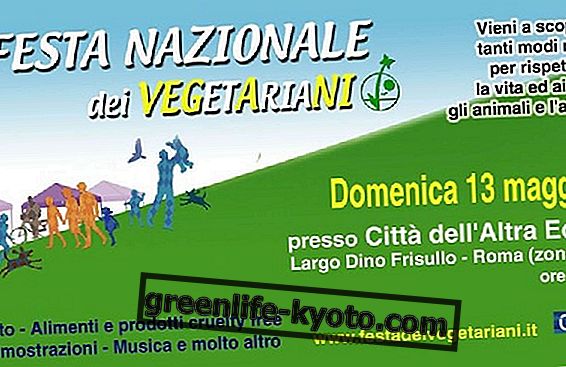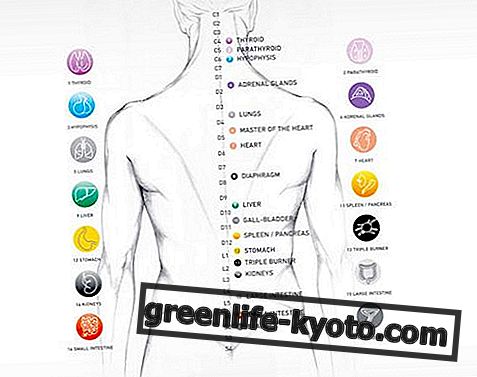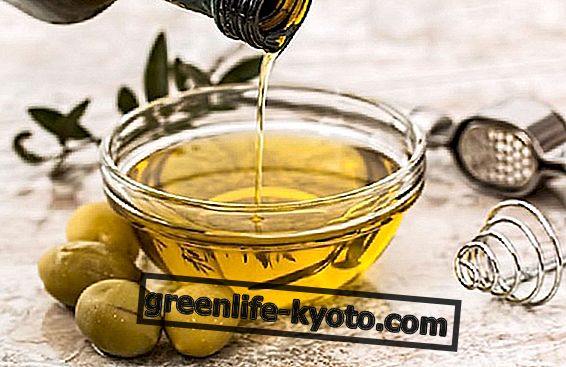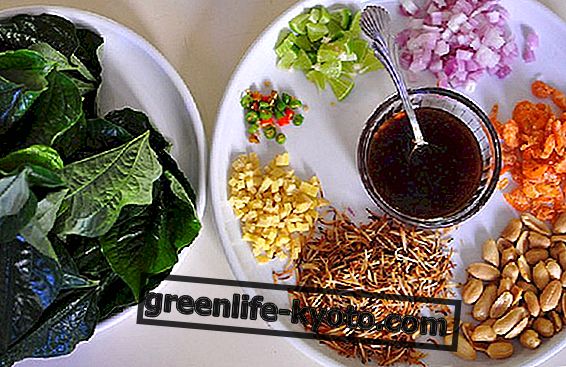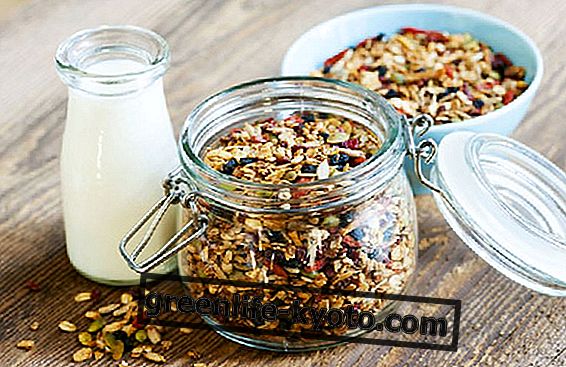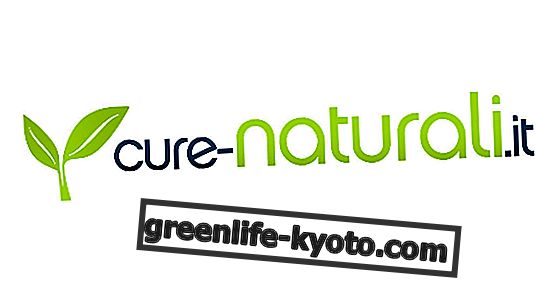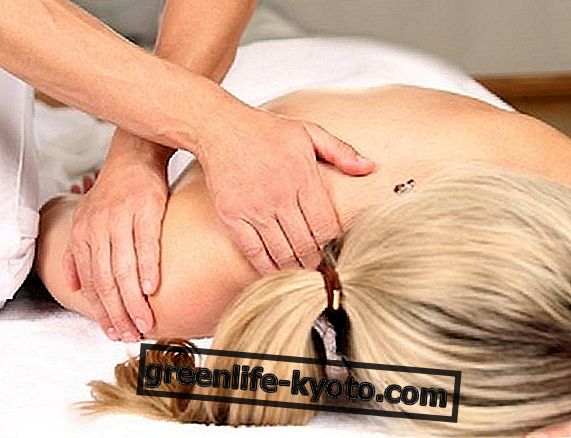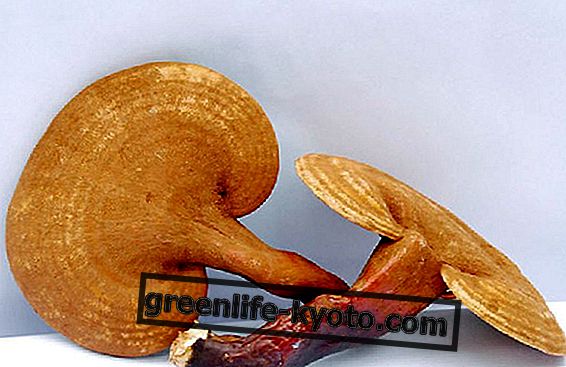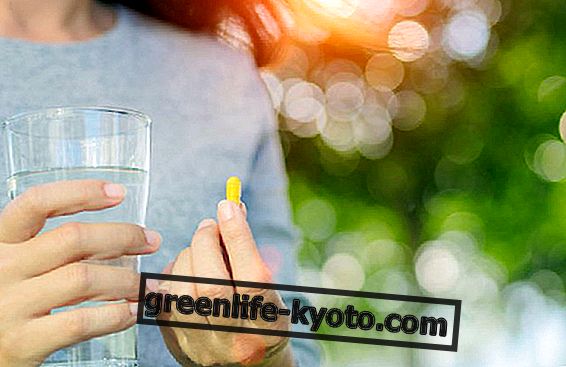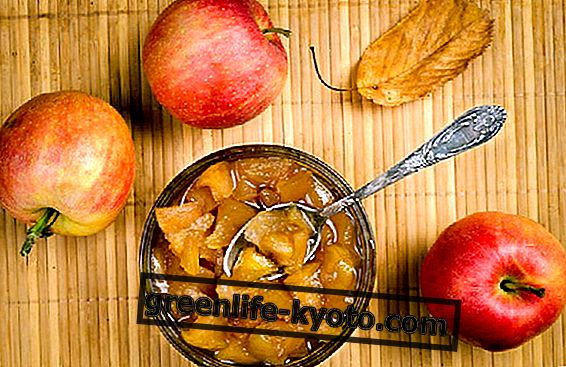
What is pectin
Pectin is a gel, a soluble fiber, found mainly in fruit (apples - in particular the quince - citrus fruits, gooseberries, plums) and in vegetables (carrots, beets), but not only; it is used as a thickener in the food industry to obtain jams, fruit jellies or ice creams for example, but also in cosmetics and in the pharmaceutical field, taking the name E440 .
Animal pectin does not exist, rather it refers to animal gelatin (or with the old fish-glue denomination), a product equally used in the food industry, obtained by extraction from animal connective tissues through hydrolysis.
Stabilizer, thickener and gelling agent, this substance is also shown on the label with the initials E441 .
DIY vegetable pectin
Vegetable pectin can also be made at home, thanks to the remains of the apple and a few other ingredients. First of all it is important to know that, in general, a fruit has a percentage of pectin that depends on the species and on the maturation.
The more mature it is, the weaker the pectin bond is and the fruit loses its consistency.
For a homemade vegetable pectin, the ideal is therefore to use not too ripe apples, preserving about 500 g between untreated skins, cores and citrus peel.
Put them, therefore, in a basin and sprinkle the juice of half a lemon; then drain everything, blend the scraps and put them in a container with about 350 g of water, cooking them in a bain-marie for about a couple of hours, stirring occasionally.
Then filter and let cool: this yellowish compound and the consistency of a syrup is pectin, which you can immediately use for your recipes, or place in the freezer and use if necessary.
Some pectin substitutes
To make a good jam without pectin there is some little trick or trick of the trade to consider, here they are:
> acidify the fruit by adding the juice of half a squeezed lemon per kg of sugar ;
> cook the jam over a very low heat, stirring as little as possible;
> leave the fruit on the fire for at least an hour and a half ;
> agar agar derived from algae can be a substitute for pectin;
> tapioca can equally be used as a thickener or substitute;
> maranta starch can be used as thickened and gelidificante.
Photo : Vladimir Tronin / 123rf.com
